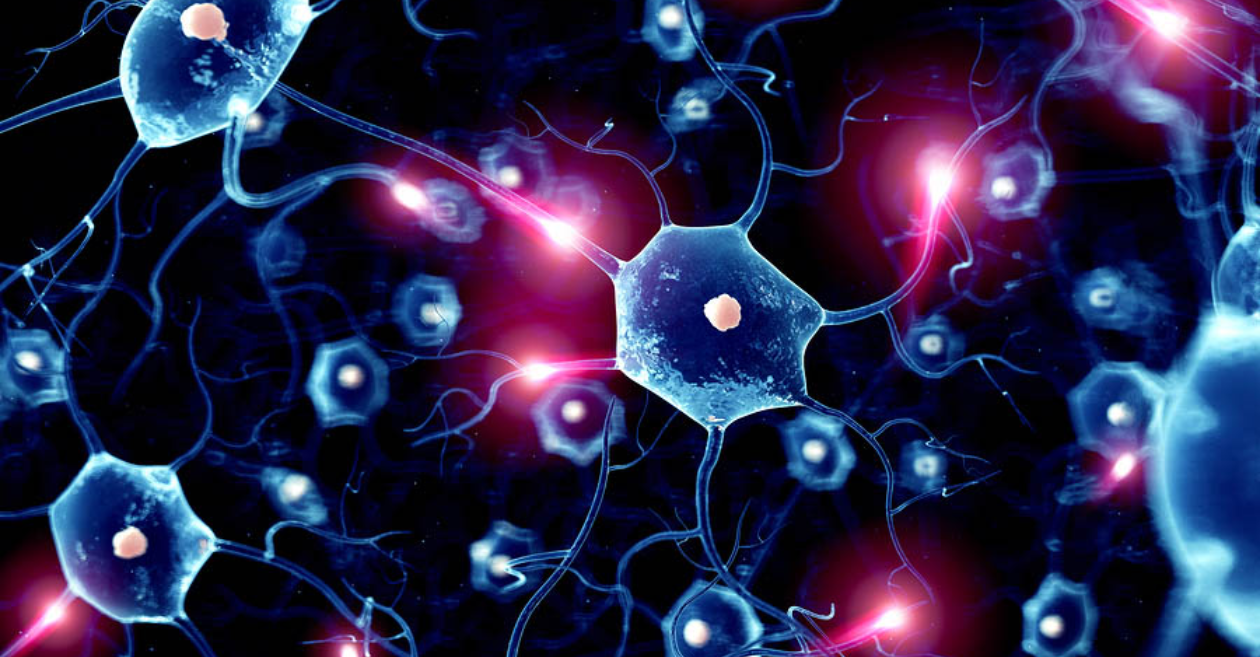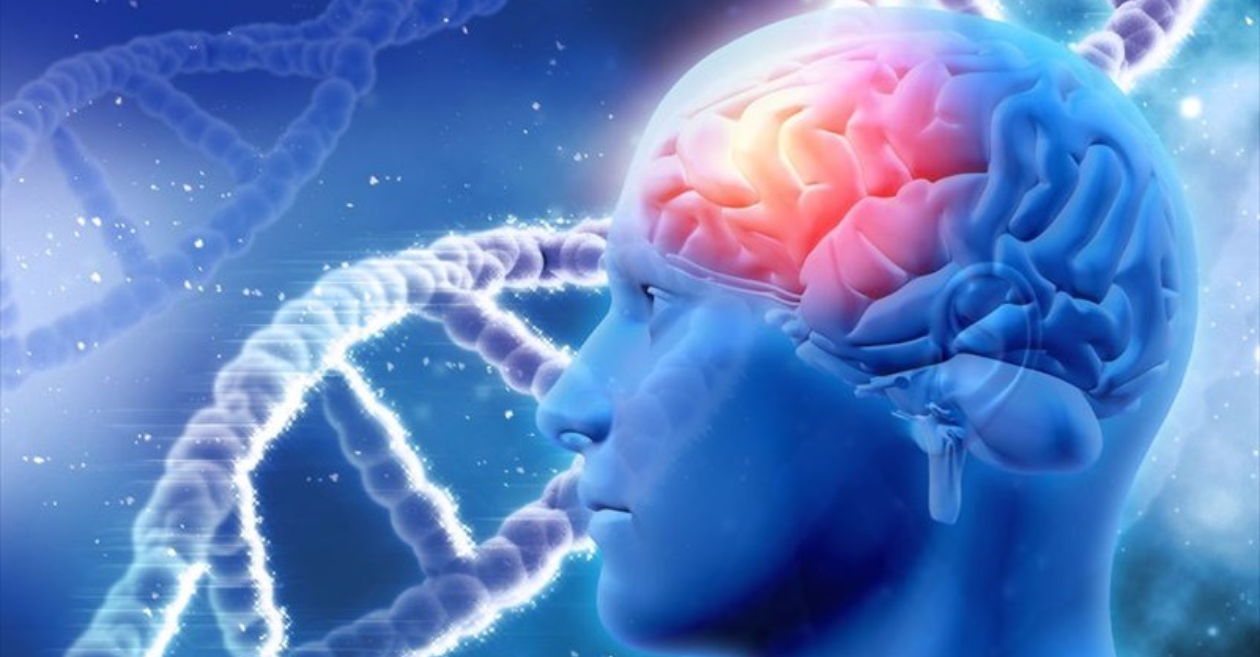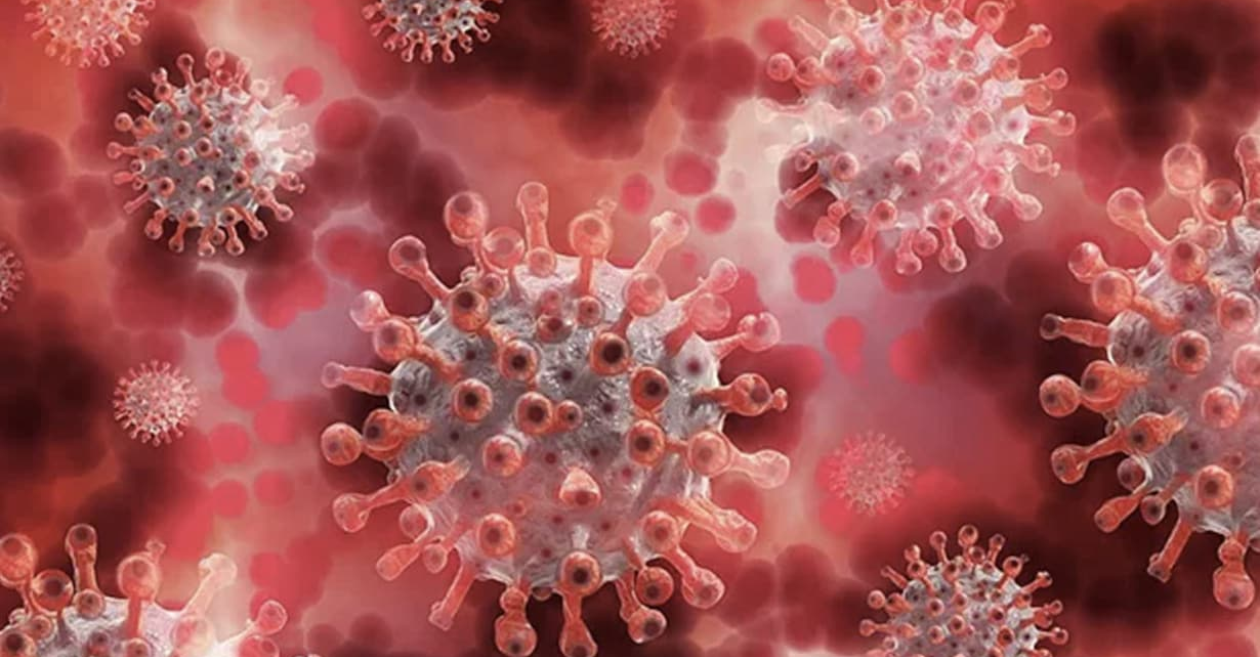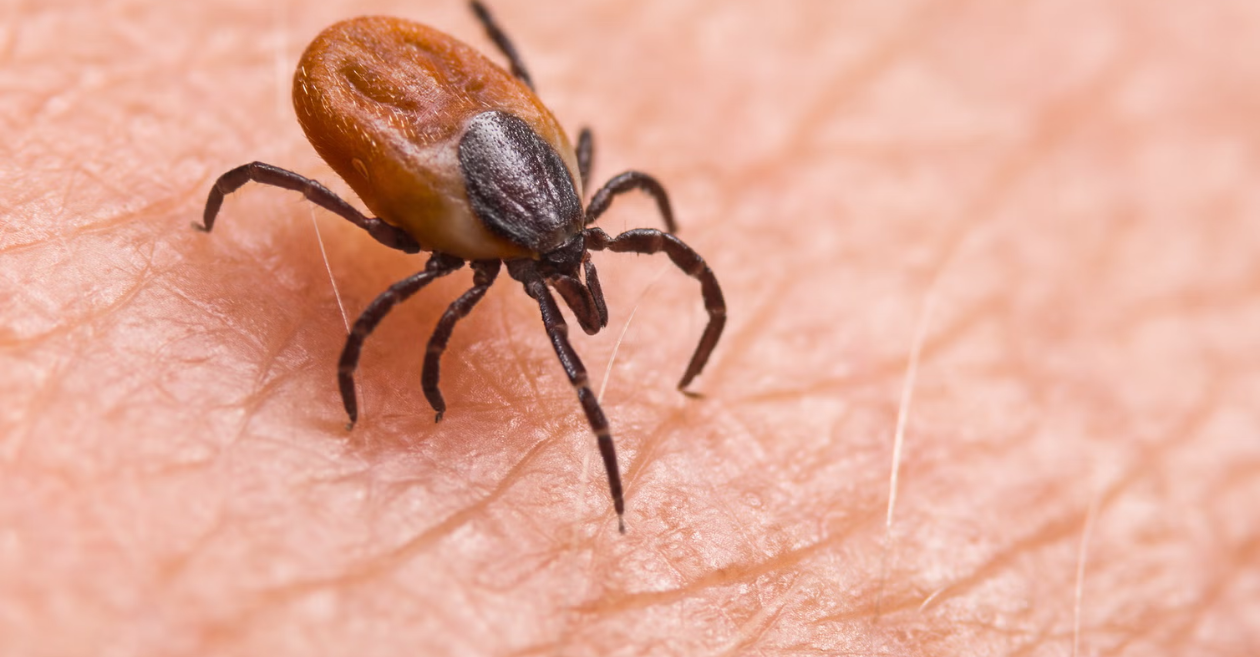


Motor Neuron Disease (MND) and Amyotrophic Lateral Sclerosis (ALS) are terms often used interchangeably, leaving many perplexed about their true relationship. In this blog, we'll delve into the depths of these neurological conditions to decipher whether MND and ALS are indeed cut from the same cloth or if there are nuanced differences.
MND is an umbrella term encompassing a group of neurological disorders that affect the motor neurons, the cells responsible for transmitting signals from the brain to the muscles. It includes various subtypes, with ALS being the most well-known.
ALS, often referred to as Lou Gehrig's disease, is a specific type of MND characterized by the degeneration of both upper and lower motor neurons. This leads to progressive muscle weakness, paralysis, and ultimately, respiratory failure.
A comparative chart showcasing the common symptoms and progression of ALS.
| Symptom | Progression |
| Muscle Weakness | Gradual, spreading |
| Difficulty Speaking | Worsens over time |
| Swallowing Challenges | Progressive |
| Respiratory Issues | Late-stage manifestation |
Highlighting the key differences between various MND subtypes.
| MND Subtype | Unique Characteristics |
| Primary Lateral Sclerosis (PLS) | Predominant upper motor neuron involvement |
| Progressive Bulbar Palsy (PBP) | Initial symptoms in bulbar region (speech, swallowing) |
| Progressive Muscular Atrophy (PMA) | Primarily affects lower motor neurons |
While both MND and ALS can have genetic components, some MND subtypes, such as familial ALS, have a more pronounced genetic link. Understanding one's family history can provide valuable insights.
Point 1: Certain environmental factors, like exposure to toxins or traumatic injuries, may contribute to the development of both MND and ALS.
Point 2: Due to the shared symptomatology, distinguishing between different MND subtypes and ALS can be challenging, often requiring extensive diagnostic evaluations.
While there is no cure for either MND or ALS, various therapies and interventions aim to manage symptoms, enhance quality of life, and slow disease progression.
The scientific community continues to explore novel treatment avenues, with ongoing research shedding light on potential breakthroughs in understanding and managing MND and ALS.
In the intricate web of neurological disorders, MND and ALS stand as closely related entities, with ALS being a specific subtype under the broader MND umbrella. Recognizing their similarities and differences is crucial for accurate diagnosis and tailored treatment plans. As research advances and our understanding deepens, the quest for effective therapies and, ultimately, a cure for these challenging conditions persists.
Whether you're navigating the complexities of a recent diagnosis or seeking to broaden your knowledge, this exploration into the world of MND and ALS serves as a guide, unraveling the mystery one layer at a time. Together, let's shed light on these conditions, fostering awareness and understanding within our communities.
No, MND (Motor Neuron Disease) is an umbrella term that encompasses various neurological disorders, with ALS (Amyotrophic Lateral Sclerosis) being one specific subtype. ALS is often referred to as the most common and well-known form of MND.
ALS is characterized by the degeneration of both upper and lower motor neurons, leading to progressive muscle weakness and eventual paralysis. Other MND subtypes, such as Primary Lateral Sclerosis (PLS) and Progressive Muscular Atrophy (PMA), exhibit distinct patterns of motor neuron involvement.
Distinguishing between MND subtypes and ALS can be challenging due to shared symptoms. Diagnostic evaluations, including clinical assessments and various tests, are crucial in identifying the specific type of MND a person may have.
Yes, both MND and ALS can have a genetic component. Familial ALS, in particular, shows a stronger genetic predisposition. However, environmental factors also play a role in the development of these conditions.
While there is no cure for MND or ALS, various treatments and interventions aim to manage symptoms and enhance the quality of life. Current approaches include medications, physical therapy, and respiratory support. Ongoing research is exploring potential breakthroughs in treatment modalities.

Looking to shed some extra pounds? Op

Alzheimer's is like an unwanted visit

In the expansive realm of healthcare,

Disease X is a mysterious term in the

Anxiety is a feeling of fear, dread,

In the realm of health, few challenge
Trash to treasure: How Google thinks
Spring Fashion Show at the University
Matter of Impact: April updates from
Android Enterprise security delivers
We are not gonna make spamming
Copyright By@TheWebTrends - 2023
BACK TO TOP